Kedah
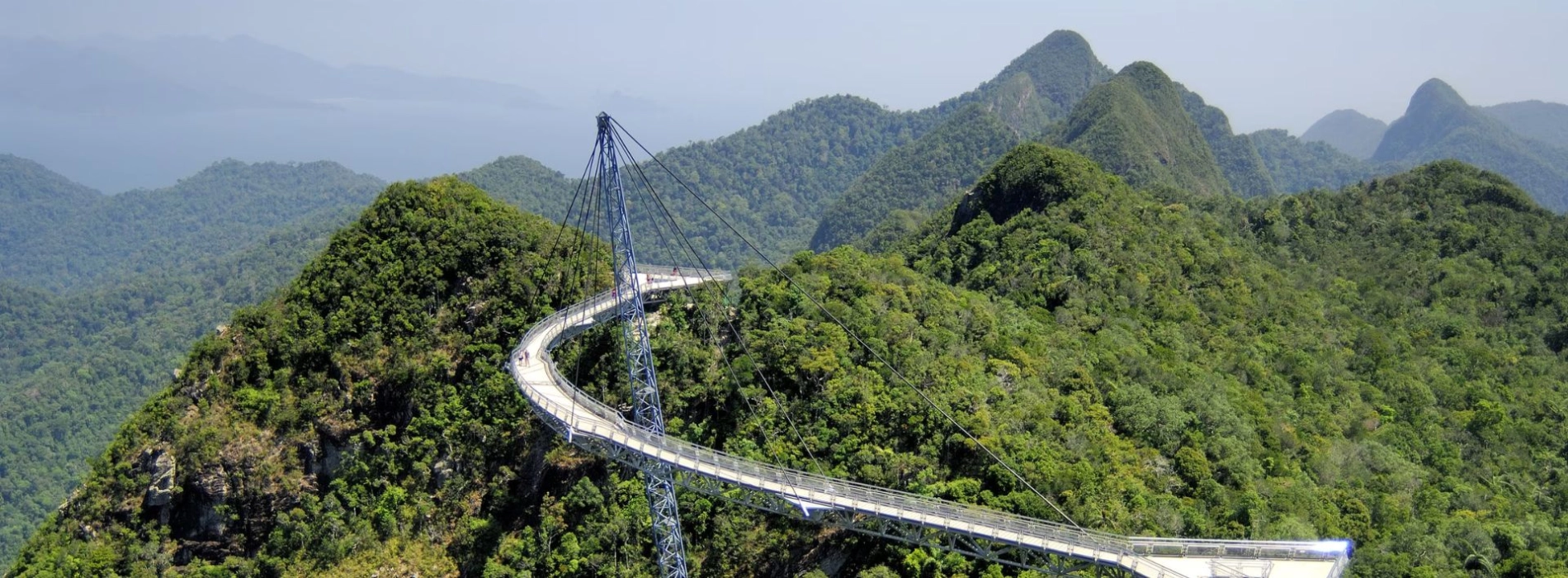
Kedah is located in the northwest part of Peninsular Malaysia and is more often than not referred to as the "Rice Bowl of Malaysia" due to its expansive paddy fields. However, this is far more than a mere label of the region for its agricultural excellence, this place offers a perfect mix of history, nature, and adventure for visitors.

Kedah (Source: Tripadvisor)
With more than two millennia, Kedah possesses one of the richest and oldest histories in Malaysia. For many centuries, the place, which was earlier known as Kadaram or Kataha, had served as a vital trading hub. Archaeological evidence indicates that this ancient civilization of this place existed at least as early as 110 AD, thus making it one of the earliest settlements in Southeast Asia.
In the 7th century, Kedah developed into an important trading port for merchants from India, China, and Arabia. A position so advantageous on the trade routes, it was truly a cauldron of cultures and religions, from Hinduism to Buddhism down to Islam, which was introduced into the area in the 12th century by Arab traders.
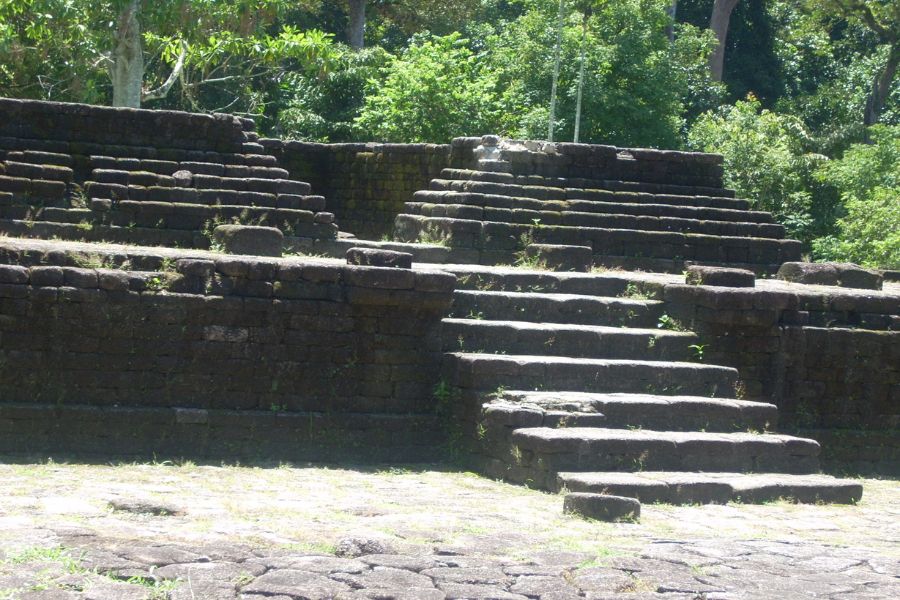
Remains of a Hindu-Buddhist temple (Source: bujangvalleybook)
This place later had some problems in the late 18th century with the neighboring Thai kingdom and the British colonial powers. In 1821, it was invaded by Siam-the new name for Thailand-and remained under Siamese influence until at the beginning of the 20th century, when it became a protectorate of the British.
Today, Kedah's rich history lives through a cultural festival held annually, historic landmarks, and museums that give travelers an immersive look into Malaysia's historical and cultural evolution.
Generally, the state experiences a hot and humid climate throughout the year with seasonal rains brought about by monsoon winds. However, this place can be visited at any time of the year but when the climate is cooler and drier between November and March, it is considered the perfect time of the year for sightseeing and outdoor activities.
Usually, this is accompanied by clear skies and temperatures between 28° to 32°, hence an ideal weather for touring the state's natural and cultural attractions.
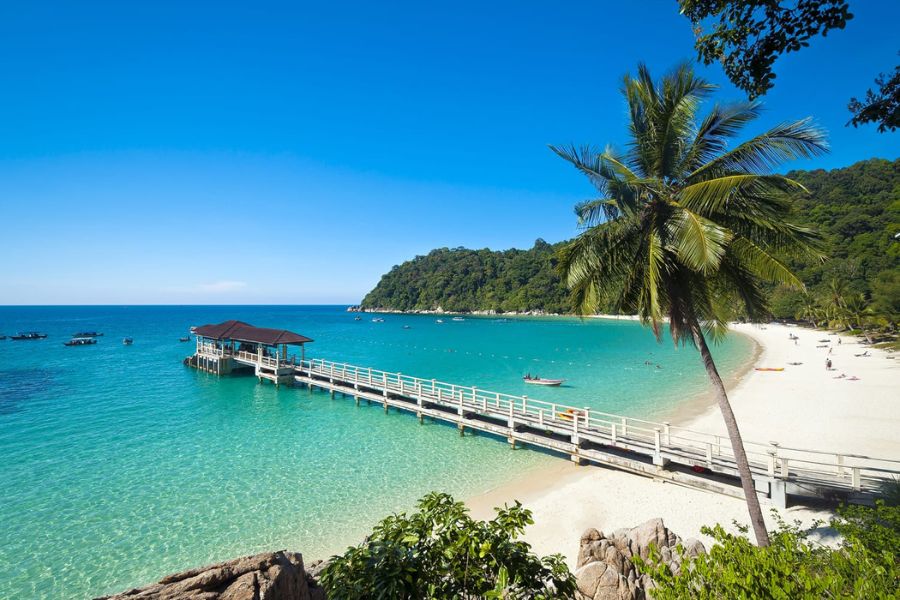
Best time to visit (Source: imtgt)
From April to October, Kedah is affected by the southwest monsoon, with greater rainfall. The rains are much less disastrous than what occurs in the east coast, they can still disturb your traveling programs. It is a great time if you love the look here at its lush green self, particularly the paddy fields that blossom in the season.
By Air: This place is home to an airport located in Alor Setar-the state capital called Sultan Abdul Halim Airport. The airport receives flights daily from Kuala Lumpur through Malaysia Airlines and AirAsia.
By Train: Keretapi Tanah Melayu Berhad (KTMB) train service connects Kuala Lumpur and Alor Setar.
By Bus: The Kedah district is pretty much connected by bus, with frequent services from Kuala Lumpur and other major cities like Penang, Ipoh, and Johor Bahru.
By Car: Equally popular is driving to Kedah, especially for visitors who want to sightsee leisurely. From Kuala Lumpur, take the North-South Expressway (E1) to reach Alor Setar in about 5-6 hours, it takes approximately 2-3 hours from Hat Yai if you are driving from Thailand.
The most identifiable feature here is its sprawling paddy fields. Visiting MADA or the villages around Kota Kuala Muda will give you an idea of how rice has been traditionally grown. During harvest time, the lush green fields are a picture to behold, just perfect for photography. The Paddy Museum is situated in Alor Setar, from where one can gain a lot of information on how significant rice cultivation has been to Malaysia.
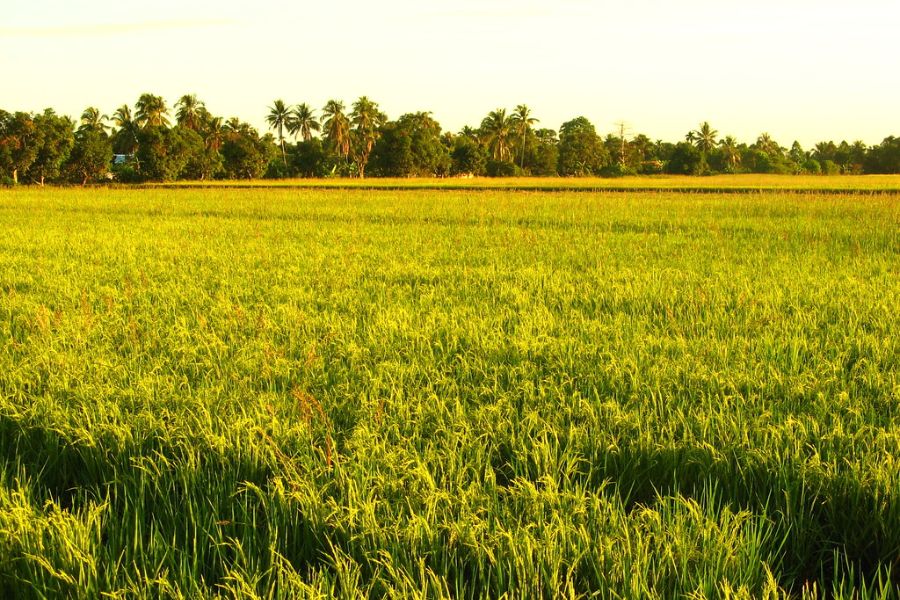
Paddy Fields (Source: flickr)
Mount Jerai stands at 1,217 meters and is probably one of the most striking natural points in the state. It has to offer several routes for trekking through thick rainforests to the top, with breath-taking views of the surrounding paddy fields, coastline, and even Langkawi Island-on a day when the sky is clear-can be seen. The merrier climate at the top makes it refreshing, away from the tropical heat. It has the Jerai Hill Resort at its base, excellent for relaxation amidst nature.
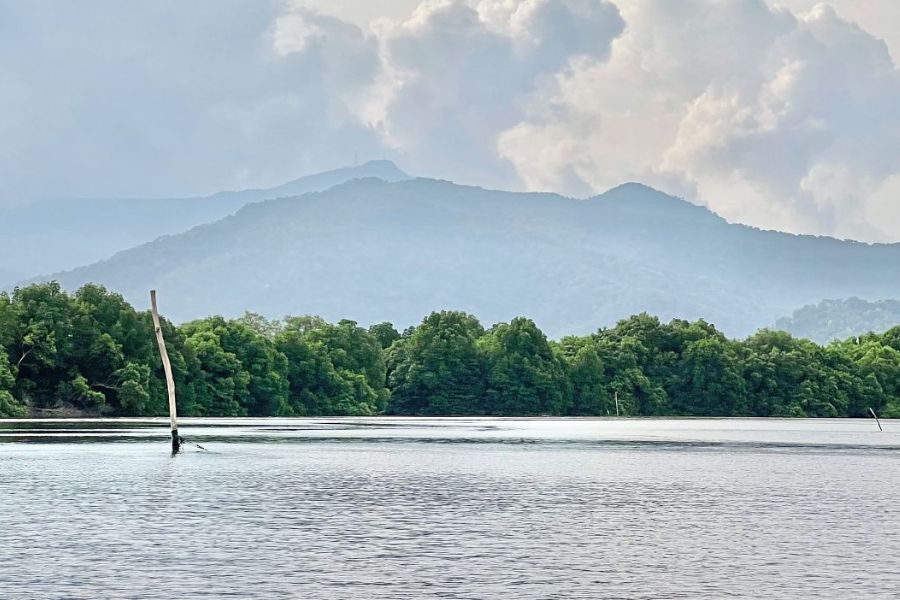
Mount Jelai (Source: thestar)
Read more: Malaysia Classic Highlights
The archipelago is made up of 99 islands and boasts pristine white sandy beaches with crystal clear waters, among other tourist attractions. These include the famous Langkawi Sky Bridge, Langkawi Cable Car, and Pantai Cenang Beach. Adventure seekers may snorkel, dive, and go on island tours. For those interested in history, Mahsuri's Tomb and Langkawi Craft Complex provide interesting insights into local legends and handicrafts.
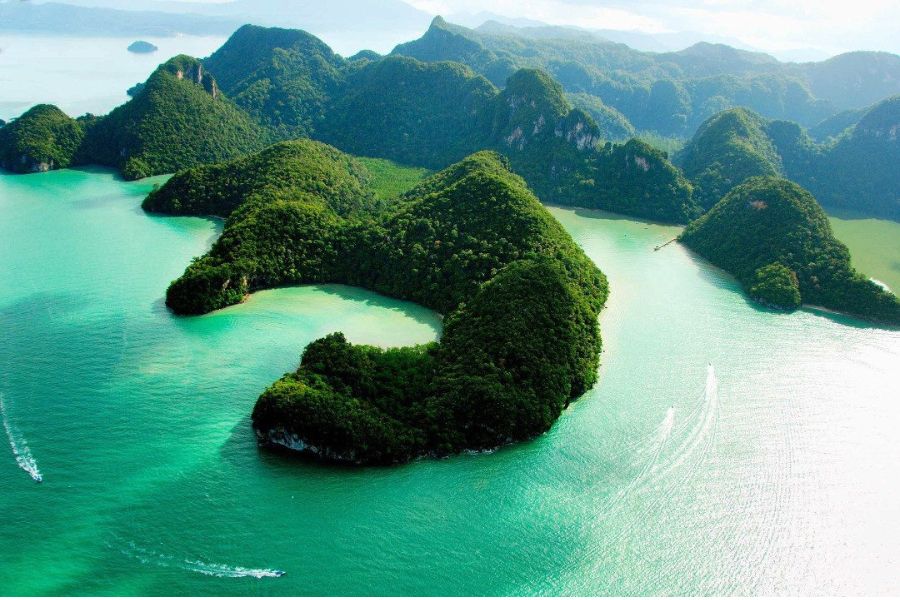
Langkawi Island (Source: langkawi)
Rich in history and culture, Alor Setar is the capital city of Kedah. The Zahir Mosque, one of Malaysia's most beautiful and oldest mosques, built in 1912, is a good place to begin your visit. The Royal Museum is nearby, where a display about Kedah's royal lineage and its historical connection to the Malay Sultanate may be seen. Not to be forgotten is the Alor Setar Tower with views of the city and the countryside.
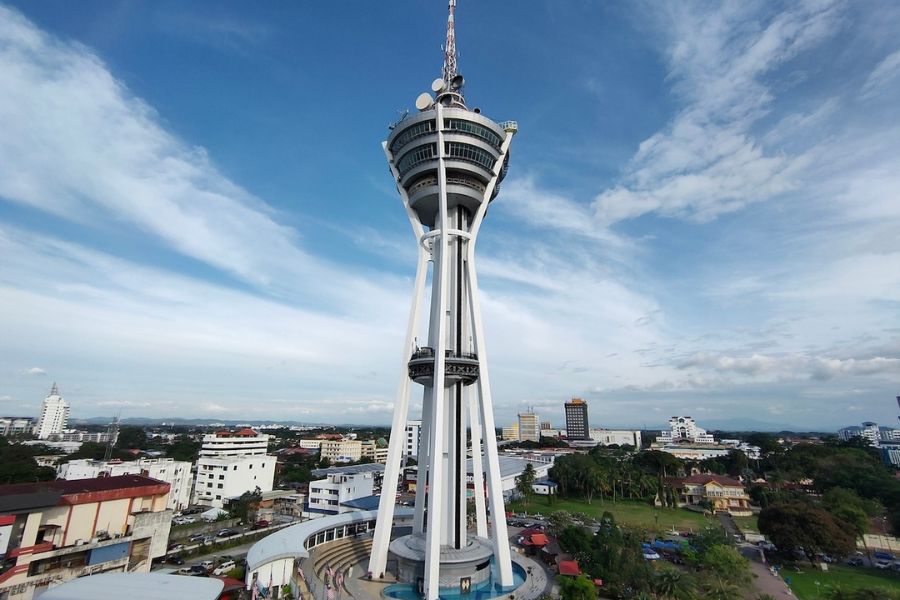
Alor Setar (Source: Agoda)
A side trip that history buffs shouldn't miss is to Bujang Valley Archaeological Museum. The archaeological site is a home to remnants of what is believed to be one of Southeast Asia's earliest civilizations dating from the 3rd century, located near the town of Merbok. Exhibited are pieces of ancient pottery and tools, and remains of an old temple that reveal Kedah as a center of trade and culture during the early times.

Bujang Valley (Source: nst)
Kedah has combined history, culture, and nature into perfect harmony. From the ancient ruins of Bujang Valley, a trip to majestic Mount Jerai especially allows a glimpse into the vast paddy fields. Let's explore all the interesting things mentioned above with Asia King Travel!
Read more: Malaysia Tour 10 days